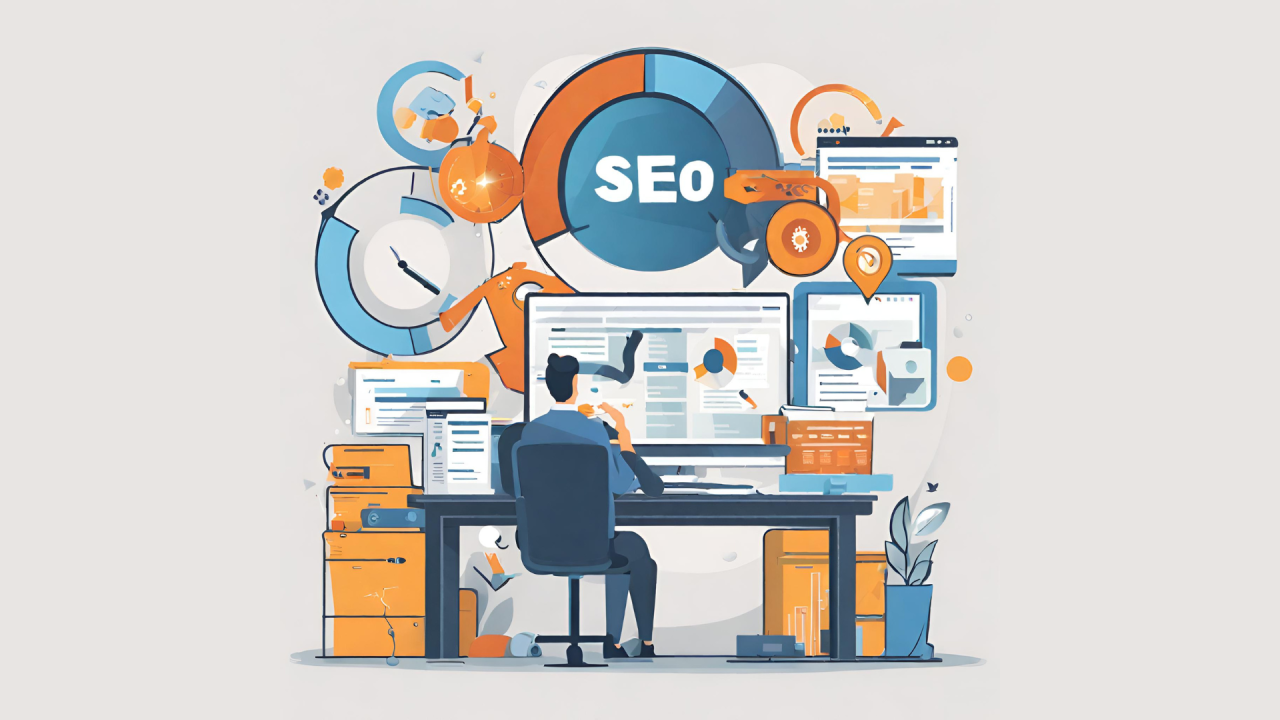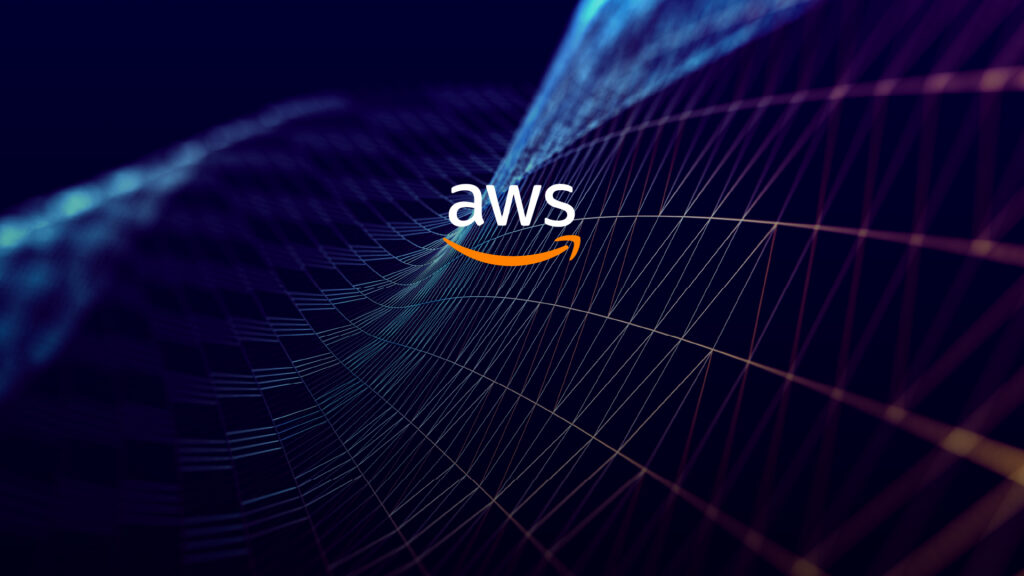Expertise native – Guidé par des professionnels qui parlent votre langue
La véritable réussite réside dans la compréhension des subtilités d’un domaine spécifique, et c’est là que l’expertise native joue un rôle crucial. Que vous exploriez un nouveau marché, acquériez une compétence spécialisée ou recherchiez des services professionnels, collaborer avec des experts qui comprennent parfaitement votre langue, au sens propre comme au figuré, peut faire toute la différence. Les experts natifs apportent un niveau de connaissance et de connaissance inégalé par les professionnels extérieurs. Leur connaissance approfondie des coutumes locales, des normes du secteur et des tendances du marché leur permet de fournir des conseils sur mesure, efficaces et pertinents. En s’adaptant à leur propre contexte culturel et linguistique, les professionnels communiquent plus efficacement, minimisant les malentendus et maximisant l’efficacité. Ceci est particulièrement précieux dans des secteurs tels que les affaires, la santé, le droit et l’éducation, où clarté et précision sont essentielles. Prenons l’exemple du commerce international : les entreprises qui cherchent à se développer sur les marchés étrangers se heurtent souvent à des obstacles importants en raison des différences linguistiques, des complexités réglementaires et des nuances culturelles.
Faire appel à un professionnel maîtrisant non seulement la langue, mais aussi les pratiques commerciales locales, peut contribuer à combler ces lacunes. Il peut apporter des éclairages précieux sur le comportement des consommateurs, les politiques gouvernementales et les tactiques de négociation, en phase avec les attentes locales. Ce niveau d’expertise garantit des transactions plus fluides, des relations plus solides et de meilleurs résultats commerciaux. De même, dans le secteur de la santé, l’importance d’une expertise locale est primordiale. Les patients se sentent souvent plus à l’aise et compris lorsqu’ils peuvent communiquer avec un professionnel de santé dans leur langue maternelle. Au-delà de la langue, la sensibilité culturelle joue un rôle essentiel dans la prise en charge des patients, influençant tout, de l’acceptation du traitement à l’adaptation du mode de vie. Les professionnels de santé qui comprennent le contexte culturel de leurs patients peuvent offrir des soins plus personnalisés, ce qui se traduit par une meilleure adhésion aux conseils médicaux et de meilleurs résultats de santé. Les questions juridiques exigent également une communication précise, et collaborer avec un juriste natif peut éviter des erreurs coûteuses. Les lois et réglementations varient souvent considérablement d’un pays à l’autre, et même au sein d’une même région. Un juriste natif garantit que les contrats, les négociations et les exigences de conformité sont traités avec la plus grande précision.
Ils peuvent également aider leurs clients à s’y retrouver dans des systèmes judiciaires complexes, évitant ainsi les pièges potentiels liés à une mauvaise interprétation ou à un manque de connaissances. L’éducation est un autre secteur où les professionnels parlant la langue maternelle peuvent avoir un impact significatif. Les enseignants et formateurs possédant une Circuits sur mesure en Inde native peuvent mieux communiquer avec les étudiants, rendant l’apprentissage plus stimulant et accessible. Ils comprennent les références culturelles, les styles d’apprentissage et les attentes sociétales, contribuant ainsi à une expérience éducative plus efficace. En fin de compte, choisir de travailler avec des professionnels possédant une expertise native est un investissement en termes de précision, d’efficacité et de réussite globale. Que ce soit dans les domaines des affaires, de la santé, du droit ou de l’éducation, leur connaissance approfondie de la langue et de la culture garantit aux clients un accompagnement de qualité, adapté à leurs besoins spécifiques. Dans un monde où la communication et la précision sont primordiales, être guidé par des experts qui parlent véritablement votre langue est plus qu’un avantage, c’est une nécessité.






